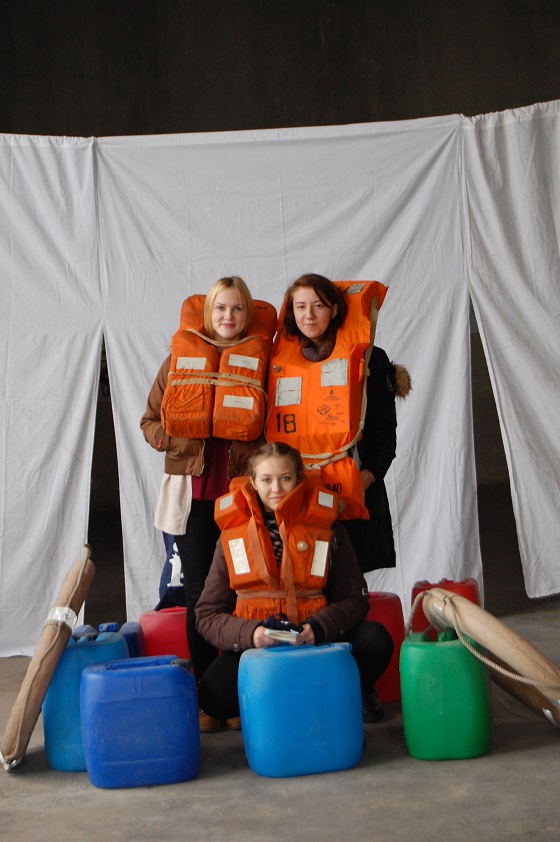Global education
Global education is education about the contemporary world as a whole. It makes the public aware of economic, social, political, cultural, environmental, and technological interdependencies between countries. It explains the source and nature of problems facing the modern world.

It helps to understand what factors, and how, shape international development. Learning about the world’s diversity and the mechanisms that affect its functioning prompts the recipients of global education to critically and consciously reflect on their own lifestyles and everyday choices which in the global context have a positive or negative impact on the quality of human life and the environment in other countries. Acquiring knowledge about the world and the sense of responsibility for its shape encourages us to look for solutions that in pursuit of prosperity ensure a fair distribution of generated profits among all people, based on the principles of solidarity, equality, and cooperation. Global education teaches tolerance, empathy, critical and logical thinking, the ability to see different arguments, and the art of negotiation, which enables concerted actions to counter problems or cooperate when conflicts arise. Moreover, global education makes it clear that undertaken actions must take account of the protection of natural environment, its resources and biodiversity, also for future generations to use them.
Global education gained importance in 2015 when the UN General Assembly adopted the 2030 Agenda for Sustainable Development and its 17 Sustainable Development Goals.
The Sustainable Development Goals replaced the 8 Millennium Development Goals set out in the 2000 Millennium Declaration and implemented in 2000-2015. The implementation report confirmed
that by setting out goals and cooperating to achieve them, countries can combat famine and poverty, improve education and health conditions, as well as empowering women and girls in poorer regions of the world.
Global education implements Sustainable Development Goal 4: “ensure inclusive and equitable quality education and promote lifelong learning opportunities for all” and target 7 which reads “By 2030, ensure that all learners acquire the knowledge and skills needed to promote sustainable development, including, among others, through education for sustainable development and sustainable lifestyles, human rights, gender equality, promotion of a culture of peace and non-violence, global citizenship and appreciation of cultural diversity and of culture’s contribution to sustainable development”.
Only societies that are aware of global interdependencies can understand the importance of Sustainable Development Goals and strive to implement them worldwide.



